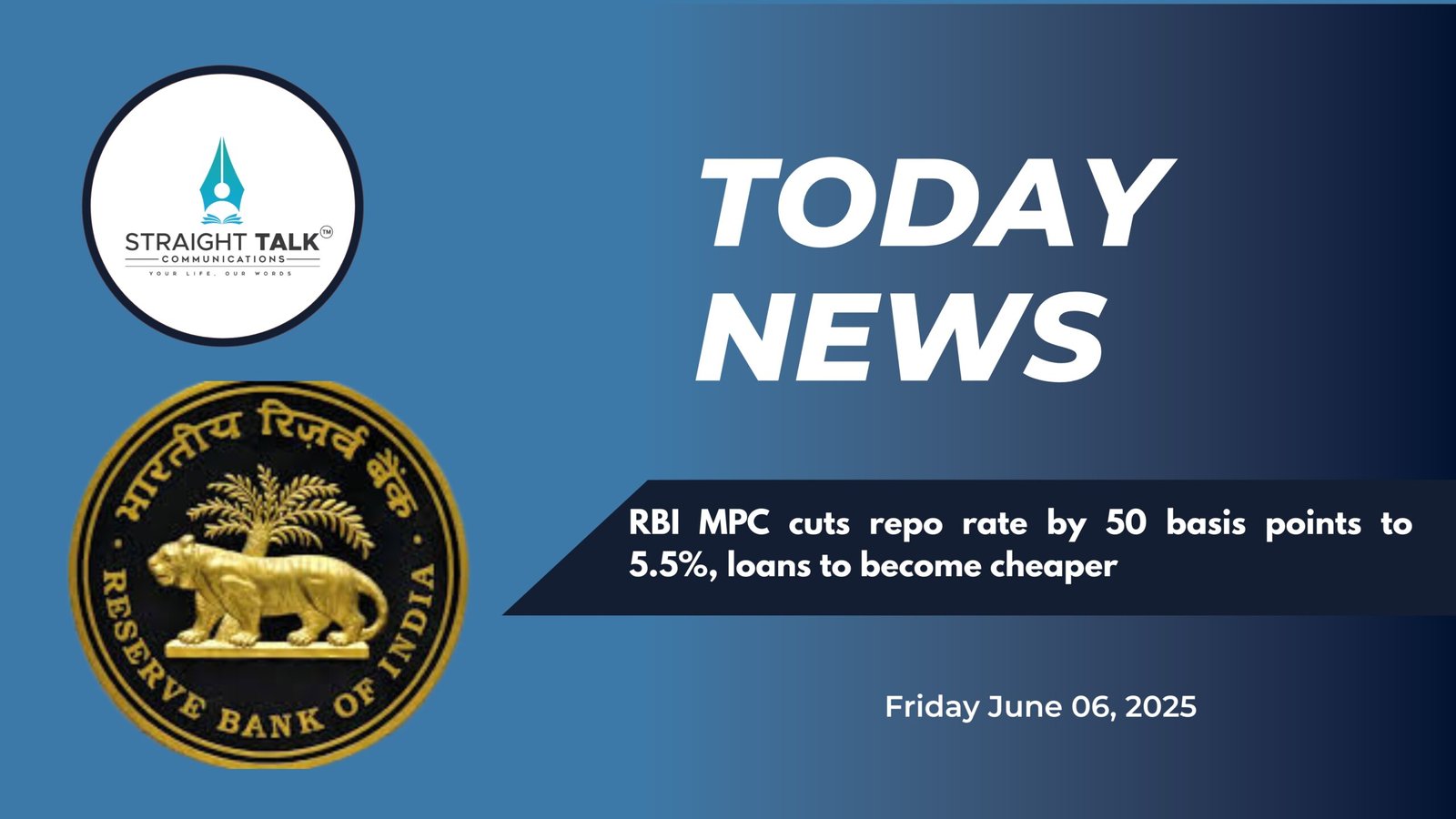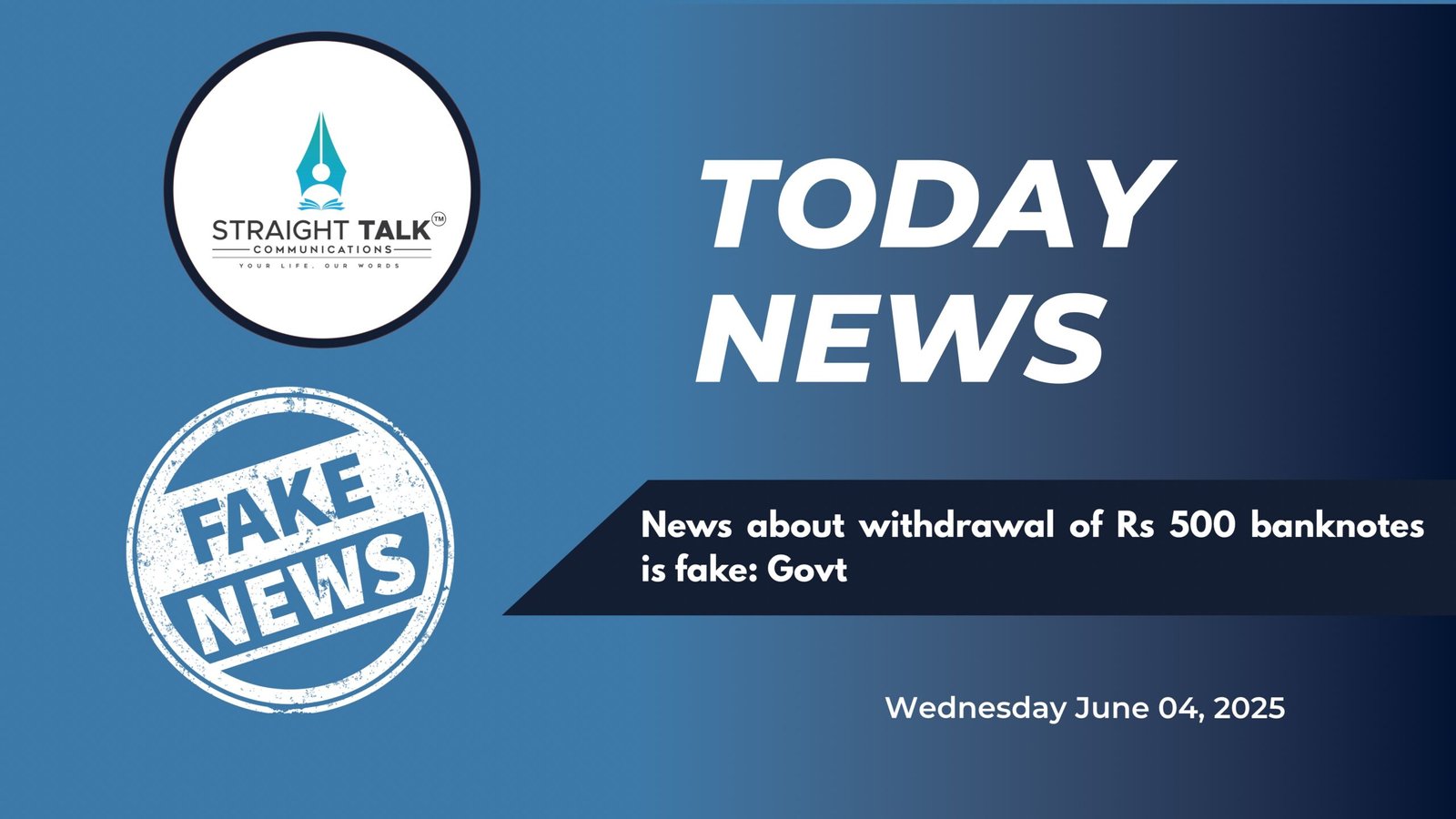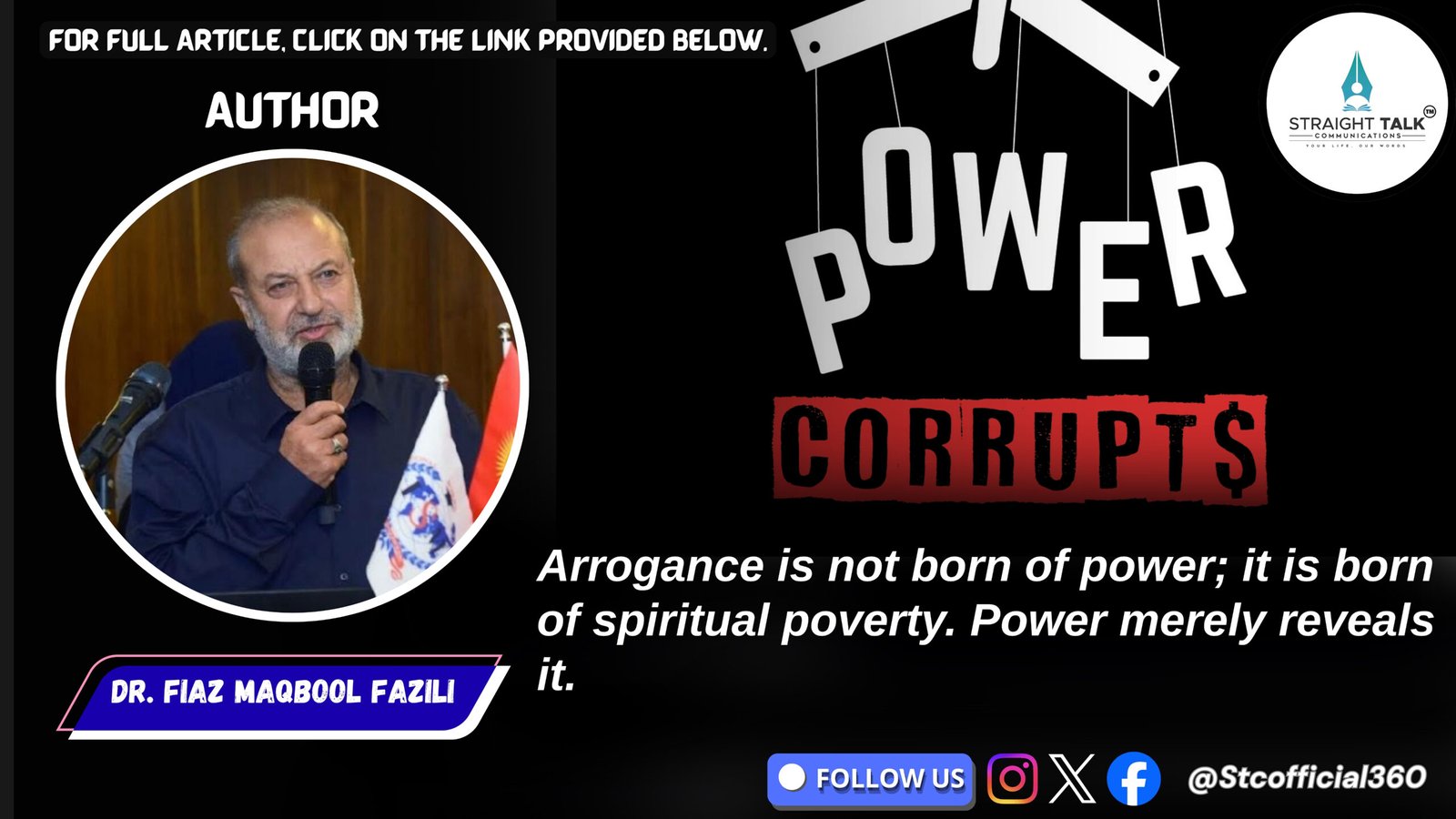All About Army Day
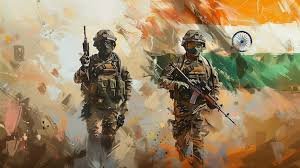
The Day in all respects should be a peoples’ day beyond its customary celebrations.
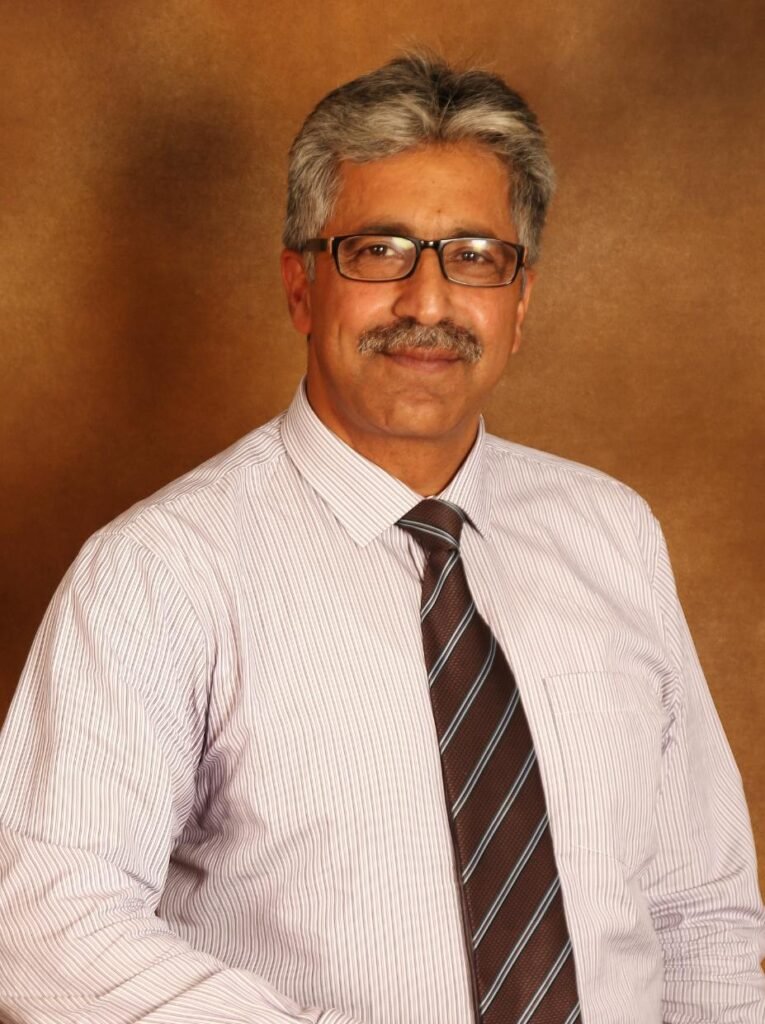
Sajjad Bazaz
(straighttalkcomunications@gmail.com)
I had just finished my self-assigned routine task of sending morning greeting messages to my friends, when I received an unusual greeting message from a very dear friend, who is an acclaimed author and a military officer by profession.
The message reads: “Heartiest greetings and best wishes” – Indian Army Day.
For a moment, I mistook it for a delayed greeting as Armed Forces Veterans’ Day was celebrated just a day ago (January 14). However, it took me no time to realize that January 15 is a historical day of independent India. It was on this day in 1949 when Field Marshal K M Cariappa became the first Indian Commander-in-Chief of the Indian Army. On this day, he succeeded General Francis Roy Bucher, the last British Commander-in-Chief. And this event on January 15, 1949 marks a significant milestone in India’s post-independence history, affirming the nation’s military sovereignty.
Frankly speaking, it was for the first time in the last over three decades that I received a greeting on Army Day, though I have some good friends in the Armed Forces.
Meanwhile, the Army Day, 77th in series, is an opportune time to understand remarkably impressive military capabilities of the Indian Army which has distinguished them from the rest of the global military powers. Notably, the theme for the Army Day 2025 is ‘Samarth Bharat, Saksham Sena’ (Capable India, Empowered Army), reflecting the Indian Army’s commitment to national strength and defence capabilities.
A leaf from the archives divulge that the origin of the Indian Army is linked to the armies of the East India Company. It later became the British Indian Army and the Princely States Army. After the independence of India from British rule in 1947, it merged into the National Army of India. Since independence, the Indian Army has made invaluable contributions to the national security and have fought many battles exhibiting praiseworthy acts of bravery to defend the borders of the country.
Today, India is among the top countries with the most powerful military force. According to the Global Power Index (2024) ranking, India has secured the fourth position with a power index of 0.1025 following China, underscoring remarkable growth and a well-established defence system among the world’s strongest militaries. The United States stands on top in the rankings with a military spending of $831 billion, followed by Russia at $109 billion.
It is worth mentioning that the Global Power Index ranks nations based on their economic, military, and geopolitical influence. This index evaluates the ability of countries to exert power and project strength on the global stage.
According to the Global Power Index examining military strength rankings, India with a military spending of $75 billion, has 5,137,550 total military personnel including reserves and approximately 1.45 million active personnel are also included in the overall number of personnel. It is noteworthy, the Indian Armed Forces have extensive experience in counter-terrorism operations and high-altitude warfare due to their deployments along the Himalayan borders.
Experts having an eye on India’s formidable standing among the world’s top 5 military forces, attribute it to factors such as its substantial population, a burgeoning emphasis on digitisation and modernisation, and the efficacy of its domestic military-industrial complex.
Meanwhile, President Droupadi Murmu, the Supreme Commander of the Armed Forces, today commended the Indian Army for its unparalleled contributions to national security, its commitment to combating terrorism, and its dedication to encouraging peace and prosperity in the country on the occasion of the Army Day.
In a statement issued by the Prime Minister’s Office (PMO), PM Modi expressed the nation’s pride in the Indian Army’s “indomitable courage, sacrifice, and incomparable dedication.” He highlighted the Army’s professional excellence in addressing diverse challenges and its high standards of service. “The determination and strong willpower of our armed forces will play a major role in building an ‘Atmanirbhar’ and ‘Viksit Bharat’,” the statement reads.
Defence Minister Rajnath Singh also extended his heartfelt greetings to the brave soldiers, officers, and families of the Indian Army on the occasion. In his message, Singh saluted their courage, valour, and selfless service, highlighting the Army’s crucial role not only in safeguarding the nation’s borders but also in disaster management, peacekeeping, and humanitarian efforts.
To conclude, January 15 is a day in the history of independent India when the nation offers a salute to the selfless dedication of its soldiers who defend the nation’s sovereignty. It is a celebration, marking their valor, resilience, and service to the country. Today India is focused on enhancing its technological capabilities while maintaining a robust conventional force structure. Remarkably, as per defense experts, geopolitical tensions with neighboring countries have driven India to strengthen its defense posture significantly.
So, over a period of time, the Indian Army in their line of duty has been consistently showing glorious performance in ensuring national security and humanitarian support. There is no denying the fact that peace, prosperity and dignity of the country leans on the back of the formidable Indian Army. So, Indian Army Day in all respects should be a peoples’ day beyond its customary celebrations.
(The author, a veteran journalist/columnist, is Editor-in-Chief Straight Talk Communication. He is former Head of Corporate Communication & CSR and Internal Communication & Knowledge Management Departments of J&K Bank)


